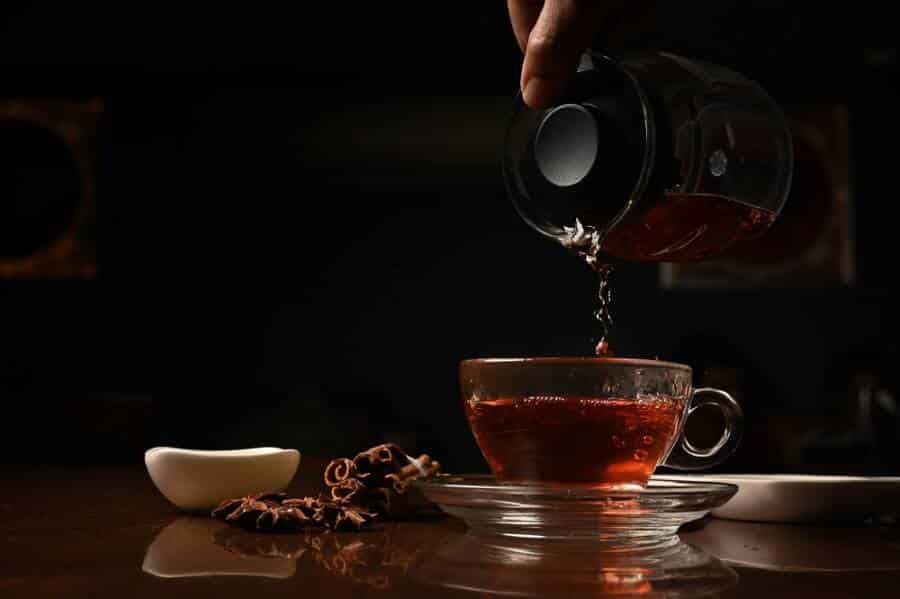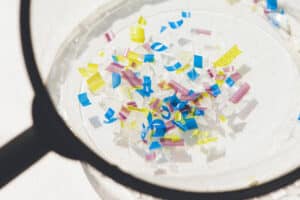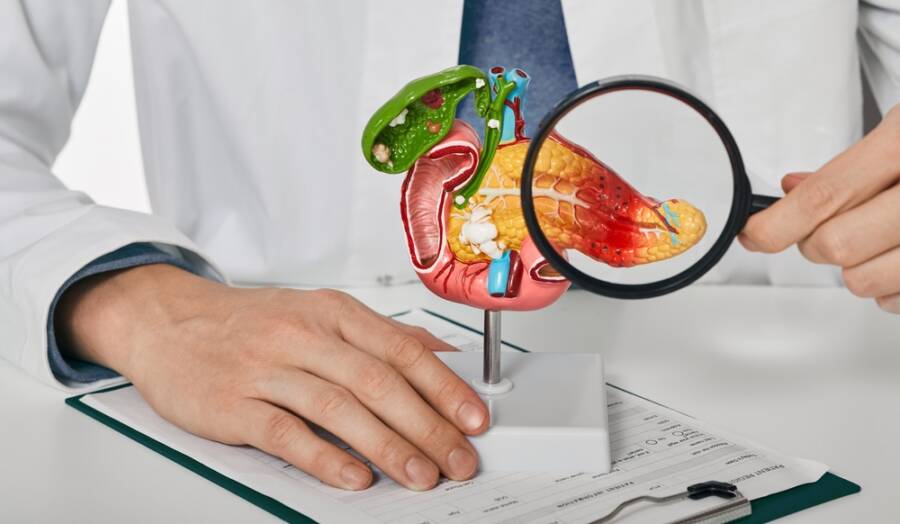Of all the things that can influence blood pressure, our diet can be the most harmful factor. Adopting a balanced meal plan rich in nutrients is key to preventing this condition in the long run; if you’ve already been diagnosed with high blood pressure, on the other hand, it’s crucial that you avoid certain foods and drinks that can worsen your illness.
Know that you’re not alone in this journey, though. The Centers for Disease Control and Prevention (CDC) says that hypertension, or high blood pressure, affects 45% of the American population. This is a huge number that raises concerns especially since hypertension increases the risk for heart disease and stroke tremendously.
In today’s post, we’re going to look at 7 foods and beverages it’s best to limit or avoid altogether if you’re dealing with high blood pressure.
Stick with us until the end to get three tips on improving your eating habits!
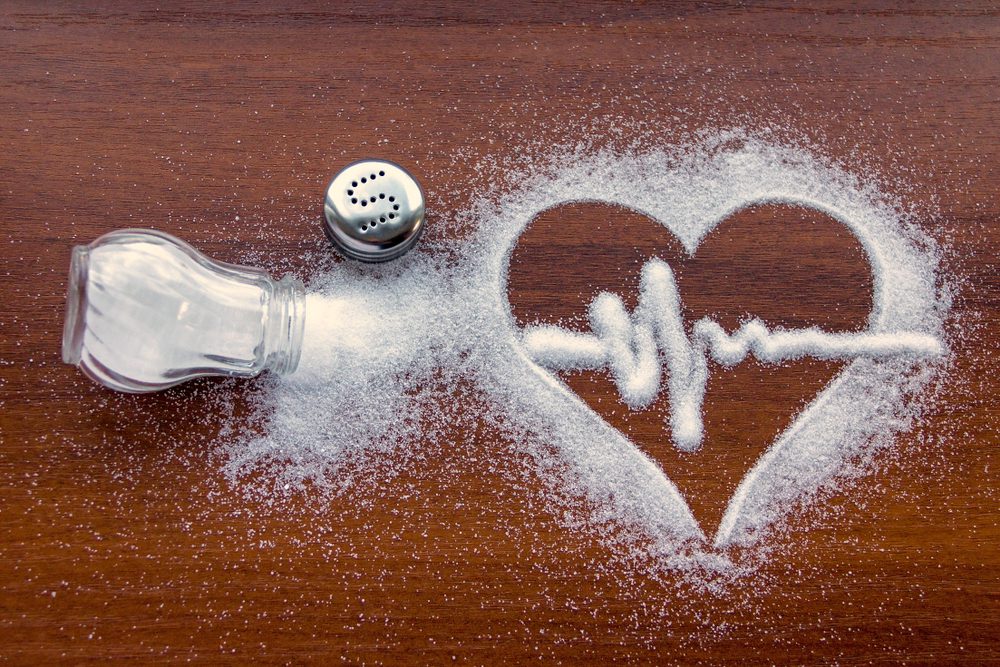
7 Foods That Increase Your Blood Pressure
1. Sodium
While it’s not a food per se, sodium (the main ingredient in salt) can have a huge negative impact for your health. Research published by the Journal of American College of Cardiology proves that sodium consumed excessively can increase the chances of developing high blood pressure and heart disease, while worsening the symptoms for patients already dealing with such conditions.
How much is enough?
Let’s take table salt, since it’s the most commonly used ingredient rich in sodium. Table salt contains 40% sodium. According to the American Heart Association, every adult should stick to a maximum of 2,300 milligrams of sodium per day; this is the equivalent of 1 teaspoon of salt.
Also note that many pre-packaged goods or snacks such as crackers and pretzels contain a considerable amount of salt. While I’m not saying you should start counting sodium milligrams obsessively, it’s ideal to create a healthy balanced based on your meal choices daily.
The following foods are known by specialists as the almighty ‘salty six’ due to their insanely high sodium amount:
- Breads and/or rolls
- Pizza
- Sandwiches
- Burritos and tacos
- Cold cuts and cured meals
- Soup
2. Frozen pizza
We’ve already listed pizza as one of the ‘salty six’ specialists usually warn us against. Frozen pizzas, though, contain a particularly high quantity of salt as it’s used to preserve each ingredient better and increase flavor. I mean, they must be delicious for a reason, right?
Only two slices of American cheese provide you with 512 mg of sodium – and that’s just one of the many ingredients found in a frozen pizza. The dough, crust, cured meats and tomato sauce are all equally high in salt.
A simple data calculation of the U.S. Department of Agriculture (USDA) sodium intake in ingredients shows that a 12 inch frozen pepperoni pizza has 3,140 mg of sodium.
Considering that you should ideally stick to 2,300 mg of sodium per day, chances are your blood pressure will suffer from this meal choice.
3. Pickles
Let’s put it this way: if you want to preserve any food, you’re going to need some serious amounts of salt to do it.
That’s because salt stops the natural process of decaying and keeps food edible for really long periods of time. The thing is, the longer a vegetable stays canned in preserving liquids, the more sodium it absorbs.
A small pickled cucumber, for example, packs about 447 mg of sodium.
If you’re going to treat yourself with this food, though, the best you can do is choose a truly healthy option since so many canned goods are filled with chemicals.
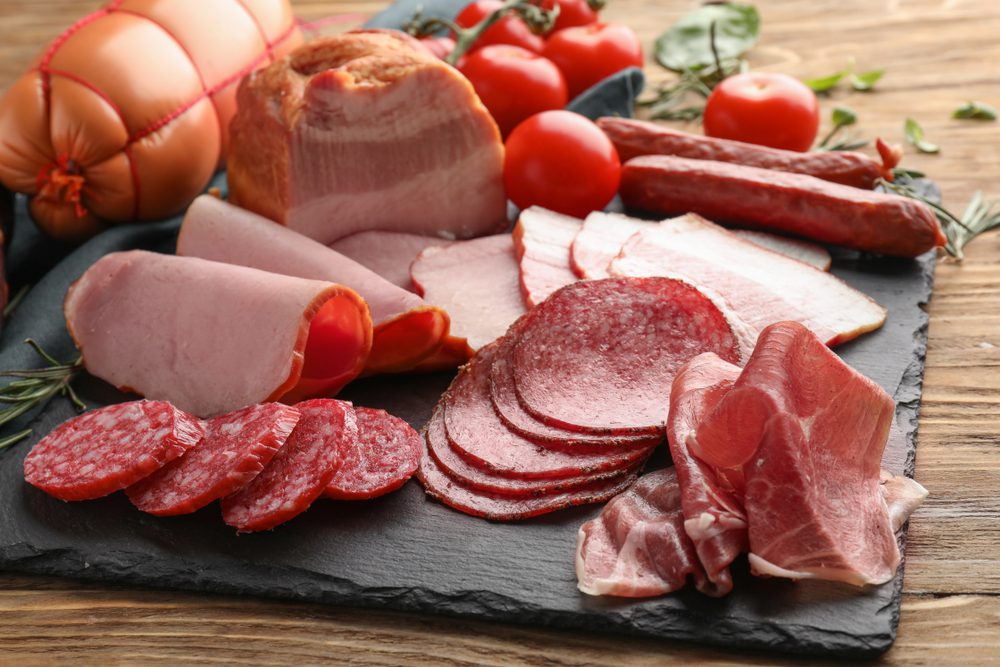
4. Deli meat
Who doesn’t love a deli meat sandwich every now and then? As long as we stick to ‘every now and then’ and eat a healthy diet otherwise, there’s probably nothing to worry about. If you’re very enthusiastic about this food, it may be time to reconsider your culinary choices.
Deli and lunch meats are filled with sodium because salt seasoning is the most effective way of preserving such meats on the long term.
However, the United States Department of Agriculture (USDA) points out that only two slices of bologna contain no less than 910 mg of sodium. Meanwhile, a frankfurter (hot dog) offers 567 mg of sodium.
Add other foods relatively high in salt content such as bread, cheese or pickles and you get a sodium bomb that can create a dangerous imbalance in your blood pressure.
5. Sugar
Now that we understood how many harmful effects salt can have on our blood pressure, it’s time to move on to another dangerous ingredient: sugar.
Seems to only get worse and worse, right? Multiple studies have already showed that consuming sugar excessively (especially sugar-sweetened beverages) is a huge contributor in weight gain for both adults and children. As the journal Nutrients reports, the more extra pounds you have, the more likely you are to suffer from high blood pressure.
According to the American Heart Association, these are the ideal daily sugar limits for adults:
- 25 grams (6 teaspoons) for women
- 36 grams (9 teaspoons) for men
Interestingly enough, a 2019 study published once again in the journal Nutrients analyzed women diagnosed with high blood pressure. When they decreased their daily sugar intake by 2.3 teaspoons a day, subjects reported an 8.4 mmHg drop in systolic and a 3.7 mmHg drop in diastolic blood pressure. These results only go to show that small changes can have a big impact for your physical health.
6. Trans and/or saturated fat
There are countless reasons why it’s best to avoid any food that contains trans fats – and while saturated fats aren’t as bad, they shouldn’t be consumed excessively either.
Trans fats are basically artificial fats that help packaged foods seem fresh for longer and increase their shelf life.
Aside from the fact that they mostly offer empty calories, these fats also raise your bad cholesterol (LDL) while lowering good cholesterol levels (HDL). This imbalance increases the risk of hypertension especially in the long run. Trans fats are also notorious for how much they can increase the risk for:
- Heart disease
- Type 2 diabetes
- Stroke
Trans fats are encountered in almost every pre-packaged meal and other processed foods on the supermarket aisles. The same foods also happen to be ridiculously high in sugar, sodium and low-fiber carbs – all of which increase your blood pressure as well.
Saturated fats are less dangerous, but it’s best to replace them with healthier alternatives whenever you can. This type of fat is usually encountered in animal products such as red meat, butter, full-fat cream and chicken skin.
7. Alcohol
Let’s face it: alcohol is one of the most common vices people have. Although relaxing with a glass of wine in the evening is perfectly fine, excessive alcohol consumption can severely damage your blood pressure.
If you’ve already been diagnosed with hypertension, your doctor might recommend you to avoid alcohol altogether. However, this highly depends on your condition and the medication you might take.
Let’s also consider how many alcoholic drinks are very high in sugar and unhealthy calories – not to mention mixing alcohol with energy drinks, which are extremely harmful for your heart health.
The official recommendations issued by the American Heart Association are two drinks per day for men and one drink per day for women.
If you find it difficult to reduce your daily alcohol intake or think you need help in managing such situations, it’s best to talk to a specialist about your problem.
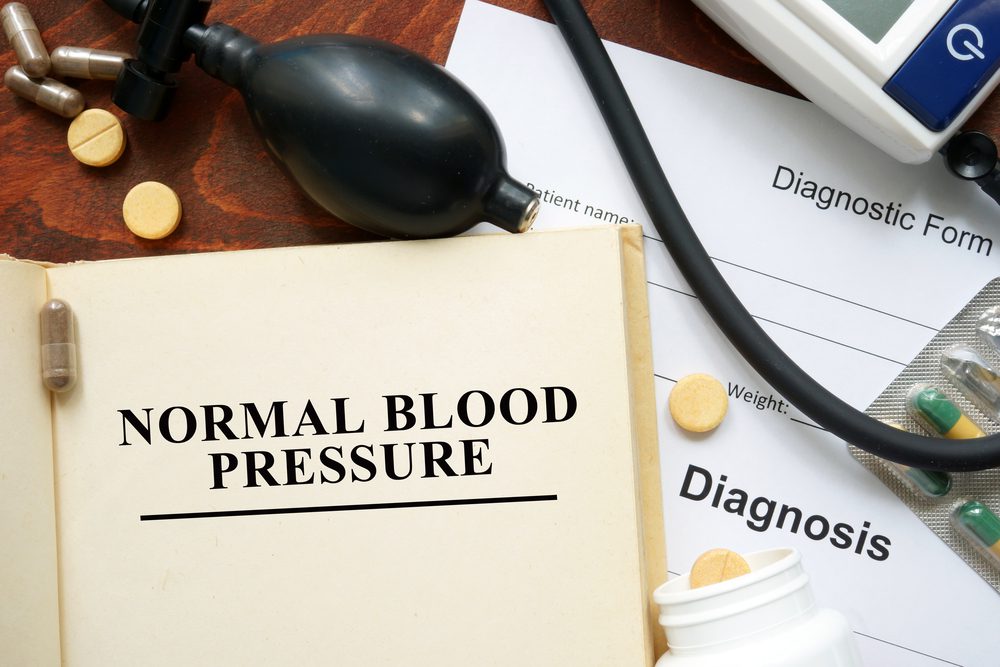
Keeping blood pressure normal
Now that we reached the end of the post, I’ll keep my promise of offering three pieces of advice to maintain a healthy blood pressure. As a rule of thumb, the same recommendations that keep your heart healthy also have a positive impact in regulating blood pressure over time.
- Look for nitrate-rich foods. Nitrate is a powerful nutrient that can reduce blood pressure naturally; it’s also a great source of antioxidants which helps to fight off toxic free radicals in your body. Some of the best sources of nitrates are pomegranates and beets.
Not a huge fan of beets? You can still enjoy their benefits by hiding them in a delicious smoothie that’s surprisingly tasty and nutritious! - Consider the DASH diet. If you’re dealing with high blood pressure, it might be beneficial to adopt the DASH diet. The term ‘DASH’ basically means Dietary Approaches to Stop Hypertension and it is known for improving your blood pressure as well. Generally, this diet focuses on fruits, vegetables, whole grains, and lean protein.
- Create a balanced meal plan. Meal prepping can prevent cravings and unhealthy eating for people of all ages and that’s a huge benefit if you have high blood pressure. Keeping a well-organized fridge promotes healthy eating at home while also satisfying your cravings. We highly recommend THESE nifty organizer bins from Amazon to help you!
So what are you doing to maintain normal blood sugar levels? Share your tips with our readers in the comment section below, and let’s stay healthy together!
But wait!… If you found this article helpful, we also recommend reading: 9 Foods You Should NEVER Mix with Your Medication


